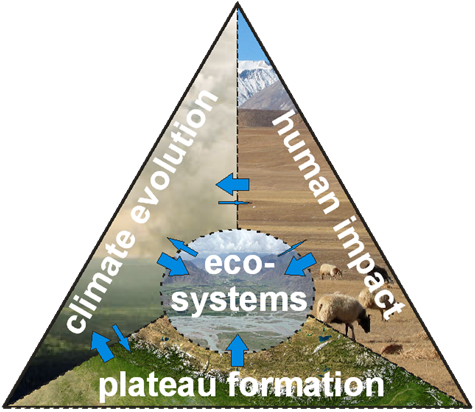Poster, 7th Sino-German Workshop on Tibetan Plateau Research, Hamburg: 2011-03-03 - 2011-03-06
Abstract:
The Cyperaceae Kobresia pygmaea is the most abundant species of the Tibetan Plateau covering ca. 450.000 km2 and an altitudinal range of 2500 m asl. The factors leading to the dominance of a single species over such a wide range of environmental conditions are still unclear. An effective reproduction system is a precondition for this dominance, be it by generative reproduction and/or extensive clonal growth after establishment. Polyploids are reported to have a wider tolerance to harsh environments and has frequently been found in sedges, e.g. the alpine species K. simpliciuscula is reported to be tetra- or even hexaploid. Due to small chromosomes with diffuse centromeres neither the ploidy level nor the basic chromosome number in K. pygmaea are known.

